In two of the modes, the vehicle will even perform rolling stops instead of fully stopping as is legally required.
Source: Electric Vehicle News
Porsche To Compensate VWCV For Not Building EV Flagship In Hanover
Porsche will reportedly pay $113 million to VW Commercial Vehicles after deciding to build the model at its plant in Leipzig.
Source: Electric Vehicle News
Feature: Tire Care for Safety, Fuel Efficiency & Lower Insurance
Optimizing Four Key Elements for Your Car
Tires make the direct connection between your car and the road. They contribute to many aspects of the driving experience, including safety and fuel efficiency.
The state of your tires can also factor into your car insurance rates. You’ll want to read to the end as we address whether insurance covers flat tires, or if a new set of tires will affect your car insurance premiums.
First, let’s examine how tires affect safety because safety should always come first.
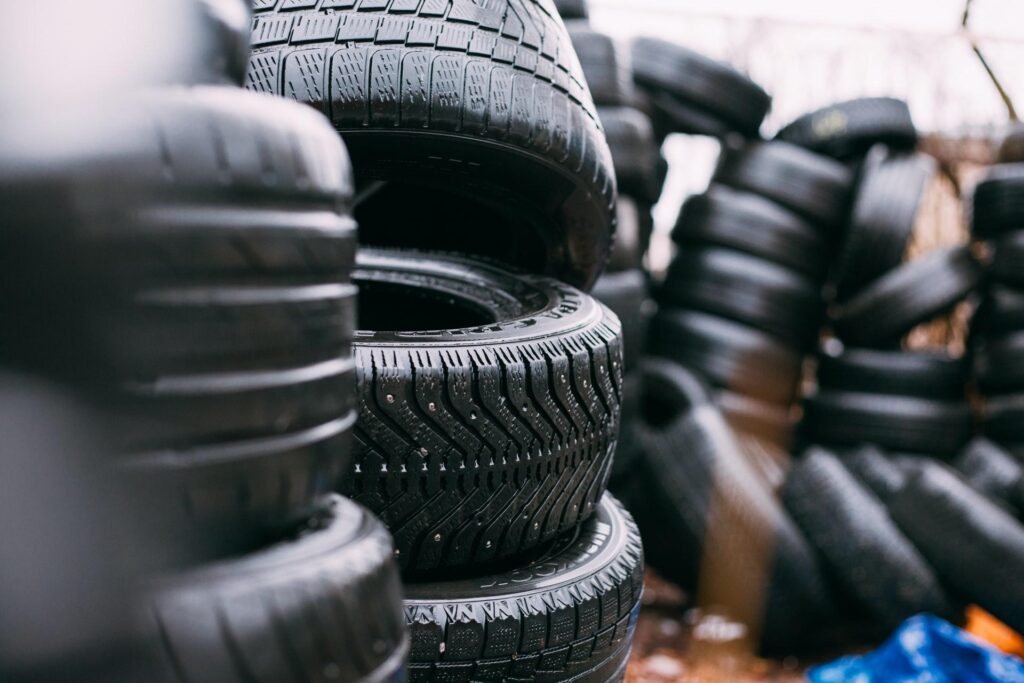
Tires and Safety
Your tires will affect your stopping distance, your ability to maintain control and the comfort of your ride. Choosing the right tire for your climate can be an essential part of your overall safety while driving.
Winter weather can beat up all vehicles, especially electric ones, but frigid weather affects more than your vehicle’s engine or battery pack. It can also make your tire’s rubber harder and hard to handle in icy conditions. That’s why using a four-season tire or switching out your regular tires for winter tires is an essential safety precaution for cold-weather regions.
There are several ways you can care for your tires to ensure maximum safety no matter which kind you have.
Proper Inflation
Keeping your tires properly inflated will help them wear the way they were designed to. If you always ride on low tires, the outer edges of the tread will wear more quickly, and the tires will be more likely to blow while you’re traveling down the road or highway.
Besides being at greater risk of deflation, tires won’t last as long if they’re not inflated to manufacturer specifications.
Rotate Your Tires Regularly
You should have your tires rotated every 5,000 miles or so. Tires in the front of a front-wheel drive vehicle tend to wear more quickly than tires in the rear because of the torque involved with acceleration. The opposite is true for rear-wheel drive cars.
When tires on a car wear evenly, they’ll handle more smoothly and safely. As well, a set of tires will last longer when they’re rotated routinely.
Tire Inspection
Frequent inspection of your tires will alert you to potential problems before they cause a dangerous situation. For example, you may find a nail or screw that needs to be removed and patched before getting a flat.
You should also inspect your tire’s tread. An easy and convenient way to measure tread depth is to use a penny. Position the penny so that the edge closest to Lincoln’s head touches your tire inside the treads. If you can see the top of Lincoln’s head, it’s time for new tires. You should check each tire’s tread in several places.
You should check your tire’s tread about once a month and before every major road trip.
Safety isn’t the only reason for proper tire care; fuel efficiency is another benefit.
Tires and Fuel Efficiency
There are several factors involved in tires and fuel efficiency, and we’ll look at a couple of them.
Tire Pressure
The tire pressure in your vehicle affects the resistance between your car and the road. The more resistance you have, the lower your fuel economy will be. The sweet spot for fuel economy and tire pressure will be what the manufacturer recommends for your car’s tires.
If you have a tire pressure sensor in each tire, you may think you can skip checking your tires, but you’re not off the hook so easily. The tire pressure monitoring system (TPMS) will let you know if your tires are dangerously low most of the time, but sometimes a sensor goes bad.
Also, the TPMS won’t alert you until your pressure drops below a threshold. Your tires might be a few pounds of pressure low, which could negatively affect your fuel consumption, but your TPMS won’t be activated.
You can check your tire pressure with a simple tire gauge.
Tread
The smoother your tire, the lower its resistance, and the better fuel mileage you’ll have. There’s an associated con with every pro, and the issue with smooth tires is that they don’t move water, so you’ll could hydroplane after a drizzle.
Since that safety issue is serious, you won’t find smooth tires at your local tire shop for regular vehicles.
You can be safe, though, and still choose a more fuel-efficient tire. Ask your tire specialist for their recommendation. Aggressive tread may be suitable for off-road driving, but it’s not best for highway driving and fuel consumption.
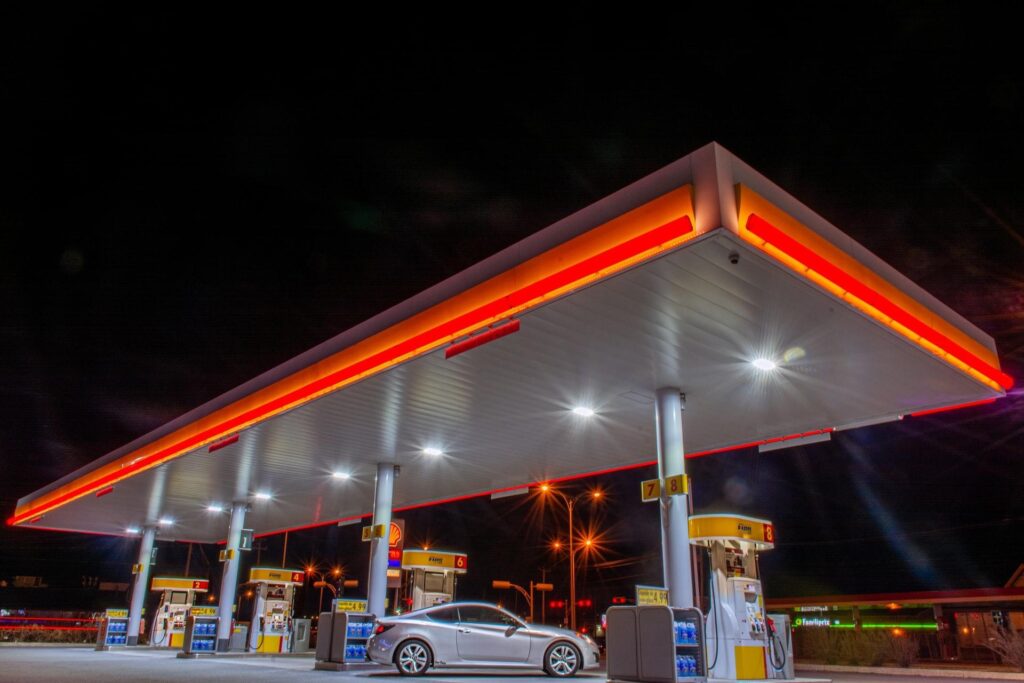
Tires and Insurance Savings
If you were hoping that the cost of new tires would be offset by the insurance savings new tires will give you, you’re going to be disappointed.
Getting new tires won’t directly affect your insurance premiums, but your tire care will affect your insurance rates indirectly.
Indirect Insurance Savings
Since good tire care makes your driving experience safer, you may avoid an accident that increases your insurance premiums.
Insurance rates are based on the risk that you present to an insurance company. If you’re in an accident, insurance companies typically charge you higher insurance rates for several years after the incident.
If you can avoid an accident, you can avoid higher insurance premiums. Thus, proper tire care can save you money on insurance premiums.
Tire Problems and Insurance
If you have a problem with your tires, you may hope that your insurance provider will help you repair or replace them. Most of the time, though, insurance won’t cover tire repair or replacement.
Even if they did, it’s usually not worth making a claim. For example, if you hit a huge pothole at 50 mph, your tire may get slashed by the edge of the hole. You won’t reach that threshold if you have a $500 deductible for collision coverage because replacing one tire typically costs less than $500.
There would be no point in filing an insurance claim because there would be no benefit. However, if the pothole broke your axle and damaged your shocks, it may be worth filing a claim.
Roadside Assistance
There is one common way that insurance will help you with a flat tire, and that’s through roadside assistance coverage.
If you have roadside assistance on your policy, you can call your insurer, and they’ll cover the cost of someone coming out and putting on your spare or towing you to a tire shop.
Caring for your tires will help you avoid unnecessary flats and potentially damaging situations. Additionally, tire maintenance will yield the benefits of fuel savings and indirect insurance savings.
Story by Melanie Musson.
Melanie Musson writes and researches for the car insurance comparison site, CarInsurance101.com. She strives to help people learn how they can improve their safety on the road and maximize their insurance savings.
The post Feature: Tire Care for Safety, Fuel Efficiency & Lower Insurance first appeared on Clean Fleet Report.
Source: Electric, Hybrid, Clean Diesel & High-MPG Vehicles
Podbike to begin delivering its four-wheeled enclosed electric bike-car this year
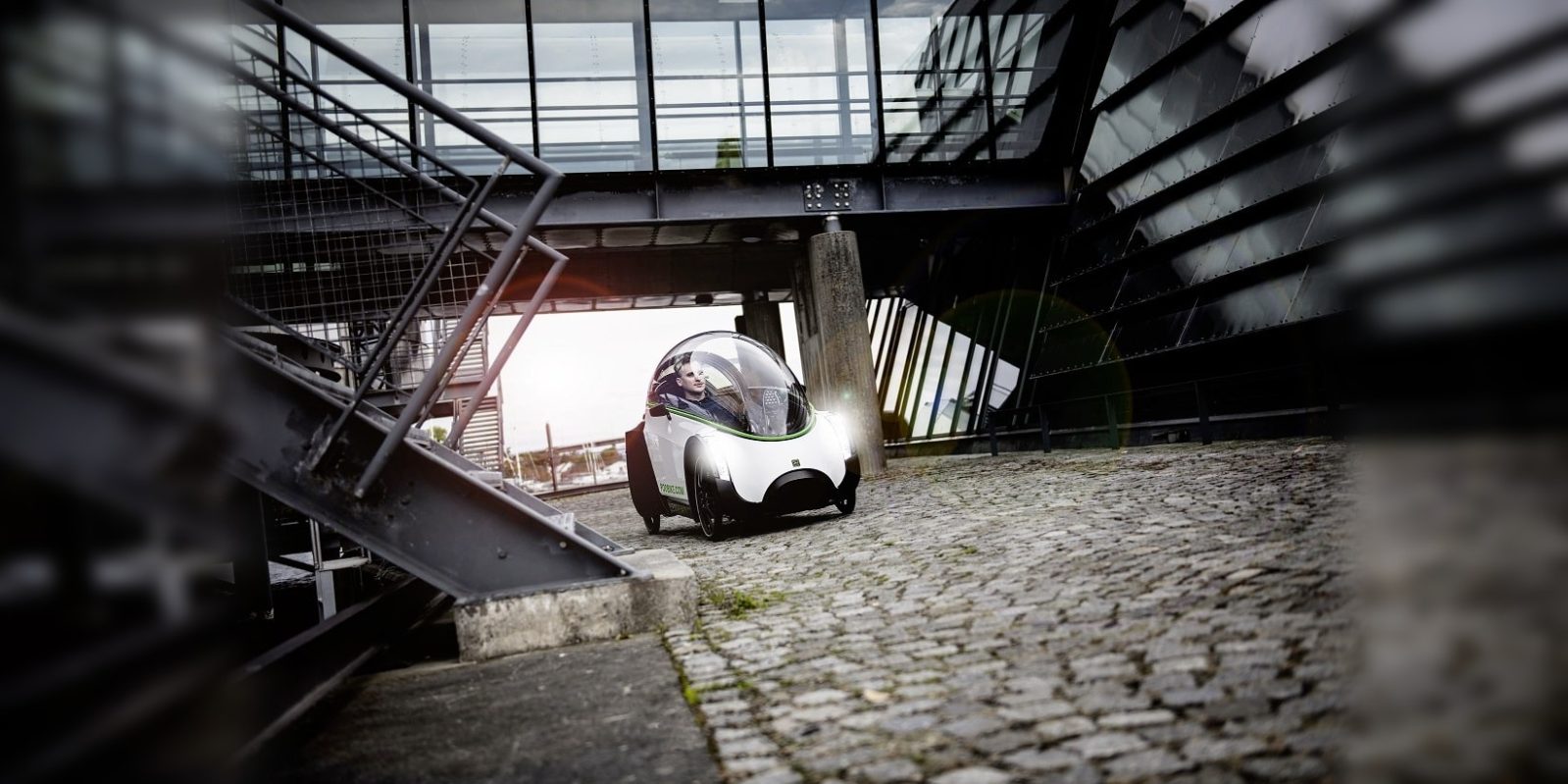
After bringing in €3.2 million in funding and raking in a list of pre-orders, Podbike says it will deliver its first electric bike-car known as the Frikar later this year.
The post Podbike to begin delivering its four-wheeled enclosed electric bike-car this year appeared first on Electrek.
Source: Charge Forward
Tesla “Full Self Driving” v10.5 & v10.8 — Part 2
A summary of my observations of the improvements made to Tesla Autosteer, Traffic-Aware Cruise Control (TACC), and “Full Self Driving” (FSD) going from v10.5 to v10.8. Note: I continue to observe new behavior. Thus, this summary is not comprehensive. Autosteer I have been teaching alpine skiing at the Brighton Resort in Utah, which is 49 […]
Source: CleanTechnica Car Reviews RSS Feed
POSCO to build lithium hydroxide plant in Argentina by 2024
Global materials firm POSCO plans to spend $830 million on a lithium hydroxide plant in Argentina.
POSCO chose a location near the Salar del Hombre Muerto salt lake in northern Argentina. The plant is to be built by the first half of 2024, and the company expects the 13.5 million tons of lithium on site to support an annual production capacity of 43,000 tons of lithium hydroxide, which is part of the company’s plan to increase its annual lithium production capacity to 220,000 tons by 2030.
In May, POSCO also broke ground on a lithium hydroxide extraction plant in South Korea.
Source: Yonhap News Agency
Source: Electric Vehicles Magazine
Tesla mobilizes fans to lobby for direct sales in New York
Yes, the war between Tesla and the powerful auto dealers’ groups is still going on—the US is currently a patchwork in which some states allow Tesla to sell cars directly to consumers, some prohibit it, and some have reached some sort of compromise. (To be clear, one can buy a Tesla in any state by ordering it online—the main issue is whether Tesla can sell vehicles at physical showroom locations.)
The latest skirmish is in New York, where Tesla is launching a new campaign to convince the governor and legislature to expand direct sales. The company is using its Tesla Engage platform to mobilize local owners’ clubs and other supporters to contact their elected representatives and make Tesla’s case.
New York is one of the states that have opted for an awkward compromise. In 2014, the state changed its laws to allow Tesla to open five stores. As the company’s sales have grown, those five are hardly sufficient, and Tesla has tried to persuade lawmakers to allow it to open more, so far without success.
“New York State has adopted the strongest climate law in the country, yet it is 23rd in electric vehicle adoption per capita and lags far behind states like California, Colorado, Florida, and Massachusetts that are leading in EV adoption,” says Tesla. “Florida allows direct sales without restriction and has over 50% more electric vehicle registrations per capita than New York simply because it is easier to buy an electric vehicle there. This has to change.
“Allowing Tesla to grow and other manufactures of electric vehicles to sell directly to consumers in the state will give New Yorkers the freedom to purchase whichever electric vehicle they choose without having to leave the state or travel hundreds of miles. It will also encourage these innovative EV companies to bring jobs and revenue to New York.”
Electrek’s Fred Lambert notes that the war may soon enter a new phase, as new EV-makers such as Rivian and Lucid join the fray. Like Tesla, they have never had any interest in the antiquated dealership model, and state governments are keen to attract their new manufacturing plants.
Source: Electric Vehicles Magazine
GM confirms California’s authority to set emissions standards, officially ending boycott
GM has agreed to recognize California’s authority to set vehicle emissions standards under the Clean Air Act. Well, isn’t that magnanimous of the company, to allow the state government to pass its own laws?
For those of you who’ve just joined us: In 2017, major automakers asked the incoming US president to water down federal fuel economy regulations, and the administration enthusiastically complied. Part of the strategy was to strip California of its authority to set its own, more stringent emissions standards, which the state has been doing since the Clean Air Act was passed in 1963. In 2019, a group of automakers, including Ford, Honda, BMW and VW, made a compromise with California under which they would accept standards that were in between the former standards and the proposed weakened standards. GM, Toyota and Fiat Chrysler sided with Trump. In response, California announced that state agencies would no longer buy vehicles from these companies. (California said it purchased $58.6 million worth of General Motors vehicles between 2016 and 2018.)
With the election of President Biden in 2020, the federal government’s attempt to revoke California’s emission-regulating authority ended. GM immediately made a 180-degree course correction, and declared that “the ambitious electrification goals of the president-elect, California, and General Motors are aligned, to address climate change by drastically reducing automobile emissions.”
So now, here we are in the present. The EPA recently finalized a set of new auto emissions standards, California plans to ban the sale of new gas-burning passenger vehicles starting in 2035 (a step the Biden administration has not endorsed), and GM itself has declared that it too will go all-electric by 2035.
GM’s latest move is basically a legal formality, but one that was apparently necessary in order to put an official end to California’s boycott of its vehicles. GM sent a letter to California Governor Gavin Newsom, in which it promised that it was “committed to complying with California’s regulations.”
“We are committed to working in collaboration with California to achieve an equitable transportation future,” said GM’s Global Public Policy Chief Omar Vargas.
“GM is joining California in our fight for clean air and emission reduction as part of the company’s pursuit of a zero-emissions future,” said Governor Newsom. “This agreement will help accelerate California’s nation-leading commitment to tackling the climate crisis.”
Source: Reuters
Source: Electric Vehicles Magazine
Quick Charge Podcast: January 11, 2022
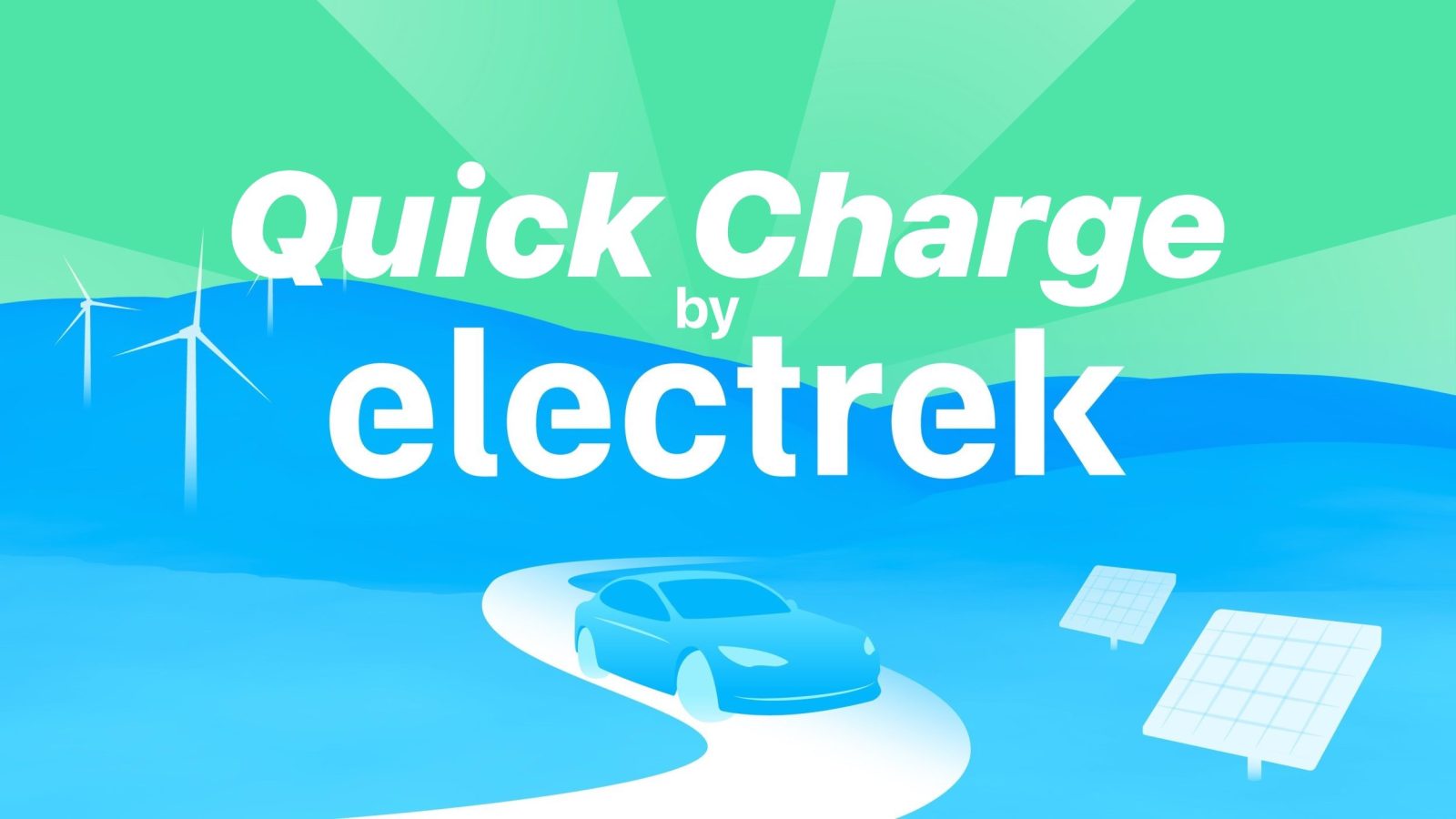
Listen to a recap of the top stories of the day from Electrek. Quick Charge is available now on Apple Podcasts, Spotify, TuneIn and our RSS feed for Overcast and other podcast players.
The post Quick Charge Podcast: January 11, 2022 appeared first on Electrek.
Source: Charge Forward
Coal will make up 85% of electric generating capacity retirements in 2022 – Here’s why
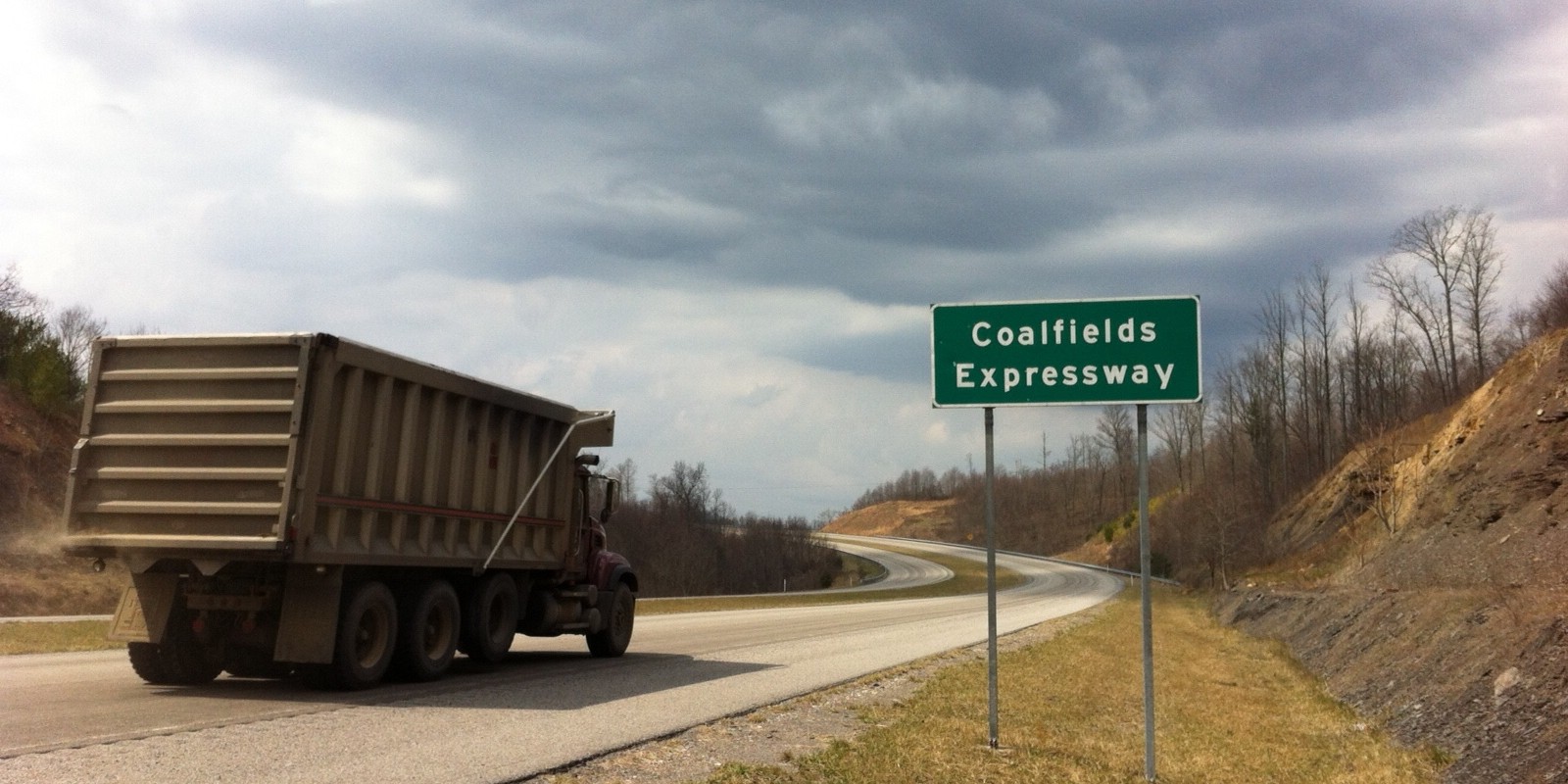
US electricity generator operators have scheduled 14.9 gigawatts (GW) of electric generating capacity to retire during 2022, and the vast majority of those scheduled retirements – 85% – are coal-fired power plants, reports the US Energy Information Administration (EIA) today.
The post Coal will make up 85% of electric generating capacity retirements in 2022 – Here’s why appeared first on Electrek.
Source: Charge Forward




